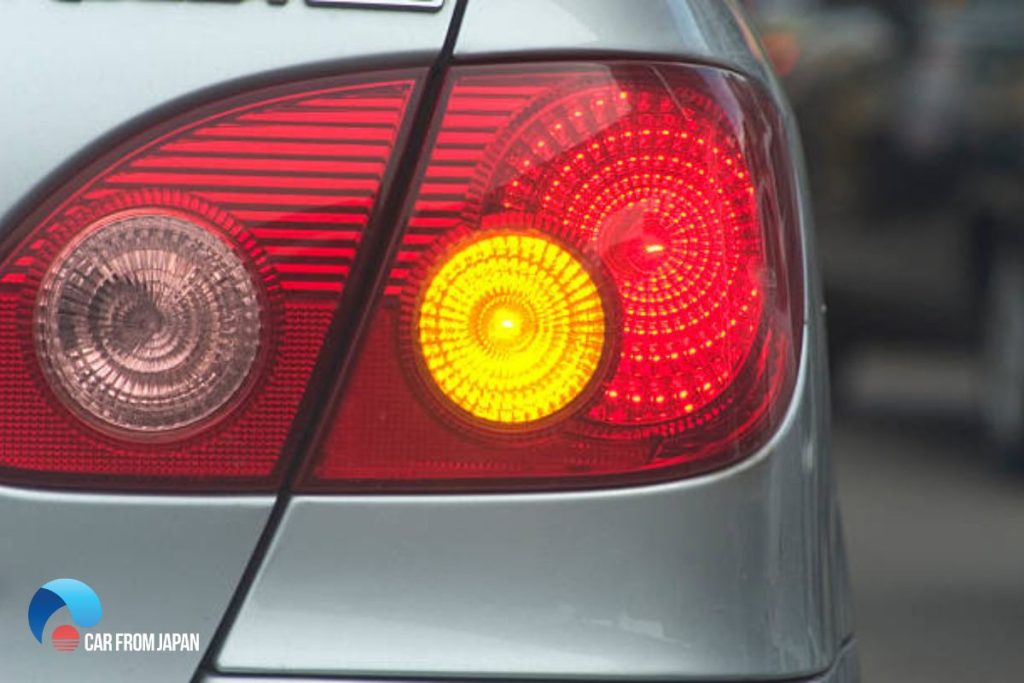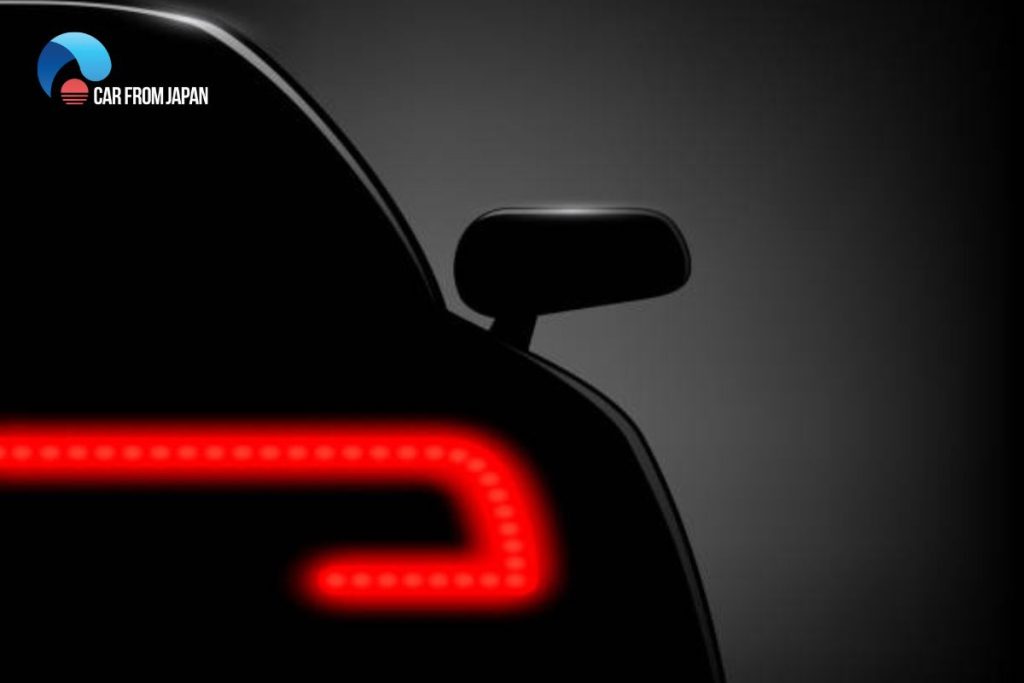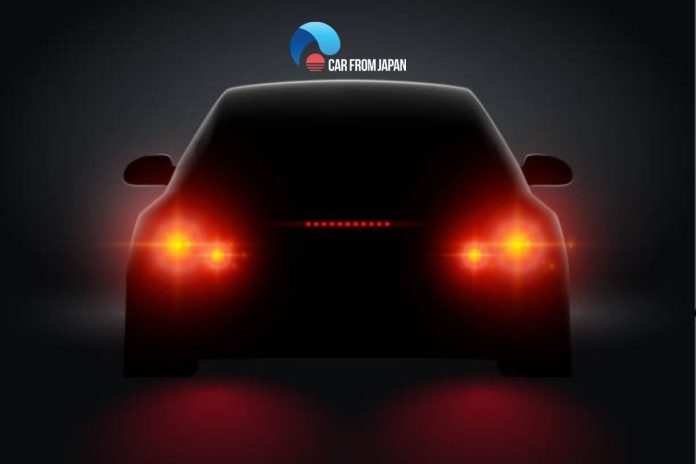Your brake lights not working but tail lights are. Is that weird? This frustrating scenario is more common than you might think, and it can be a real safety hazard. But don’t worry, there are several reasons why your brake lights might be playing hide-and-seek, and most of them are relatively easy to fix.
Contents
The Reasons for Brake Lights Not Working but Tail Lights Are
It’s a peculiar problem since the tail lights work fine when you drive but hitting the brake produces no response from the rear lights. Sometimes, pressing the brakes turns off the taillights too and they don’t start working again until you let the brakes off.
The possible reasons for brake lights not working but tail lights are:
The light bulbs
Blown-out light bulbs are the most common reason why the brake lights not working but the tail lights are. Remove the screws from the bulb lens (which you can access through the trunk or see your vehicle repair manual to get the exact location). Push the bulbs and turn them counterclockwise to remove them from the socket.
You need to replace bulbs if they have darkened or the filaments are blown. Choose new bulbs of the same type and wattage. In most European cars, the same bulb does the job of the tail and brake lighting. However, it has double filaments, allowing one set to still work while the other set is burnt.

Fuse box and light switch
You have to find the fuse box or the power distribution center (PDC). You will get the fuse panel under the dashboard and the PDC under the hood. The brake light switch is also to be found under the dashboard and check if its plunger touches the brake pedal arm. Any problem with the fuse box and light switch will affect the brake lights.
In case the fuse is blown, change it with a new one. Remember that the new one has to have the same amperage as the old unit. Besides, try to find out the cause of the blown fuse. Otherwise, it will be a recurring problem.
The electrical ground
If the brake light switch is functional, you have to check for bad electrical ground (some car models have switch-provided ground). It could happen due to a loose connection of the wire or the corrosion or damage of the wire ends.
Connect the light switch to good ground with a jumper wire and press the brake pedal. If the brake light turns on, you have to fix the ground connection.
Check the wiring
If all the components mentioned above are working just fine, you have to look somewhere else to find the source of the problem. The wiring from the fuse panel to the brake light switch and from the switch to the bulb sockets and lights could be loose or frayed. The connection and the bulb housing could be corroded. You have to change these parts if you find any such problem.
Examine the turn signal switch
The brake light circuit can be a part of the turn signal circuit in some vehicle models. The brake light won’t respond if the switch is damaged or bad. Check the switch’s wiring diagram and find the single wire that establishes a connection between the brake light and turn signal switches.
Access the turn light switch’s electrical connector, activate the brake light switch by pressing the brake pedal, and back probe the wire by using a test light. If the test light is not on, you have to change this wire.
Why Won’t My Tail Lights Work When My Headlights Are On
The rear and headlights have separate connections. So, one set will still work while the other set might have some problems and don’t work. Tail lights could turn off for several reasons and they are almost similar to the causes why brake lights not working but tail lights are.

The causes of dysfunctional rear lights are:
- Burnt bulbs
- Blown out fuse
- Damaged wiring
- Electrical issues
If you still cannot find the problem with your non-functional brake lights or tail lights or are not sure about the steps mentioned above, take the vehicle to an expert mechanic. Don’t try to fix anything whether it is a major repair or a small one when you have little knowledge about car mechanisms.
Watch more:
Frequently Asked Questions
What would cause brake lights not to work?
Three things could lead to this issue:
– Faulty brake light bulbs.
– The brake light wiring switch is damaged.
– The automobile has a broken brake light system fuse.
Luckily, all of these problems can be spotted and solved easily.
What would cause my tail lights to stay on?
There are many causes for tail lights constantly staying on while the car is turned off: A broken brake light switch, damaged trailer light plug, faulty brake light switch stopper, or broken wiring harness,… There are various reasons, however, you can check whether it is the brake lights or the tail lights to see which are the parts having problems.
Are brake lights and tail lights the same?
They are different. Brake lights are the lights that turn on immediately when drivers press the brake pedal, while tail lights are only engaged while your parking brake is on or when you turn on the headlights. You can also recognize the color: The tail lights are normally red, while the brake lights are a more luminous red on most cars.
How do I fix my brake lights not working?
In the situation when brake lights are not working properly, you need to make sure that the power is going through and check the fuse. If the brake lights are turned on at the same time as the turn signal lights, you need to bring it to the mechanic for a check.
How much does it cost to replace a brake light?
Lucky for us, a brake light is quite cheap compared to other car parts. It is always a minimal cost to replace the brake light bulb. A bulb costs from $5 to $10 and the charging process costs $20, so the maximum price will be around $30.
How much does it cost to rewire brake lights?
It depends on the design of the brake lights: Some automobile manufacturers design it to be easy to rewire, but some automobiles require tail light removal in order to replace and rewire brake lights. So the labor cost will be around $7 to $60. Plus with the cost of the bulb from $1 to $8, car owners will cost a maximum of $68 in order to rewire brake lights.
Can I drive with no brake lights?
No. First of all, you will get pulled over and be fined by a police officer since it is illegal to drive without a working brake light.
Second of all, other drivers cannot see you very well in the dark. Without brake lights, they can’t know whether you are stopping or not, so accidents on the road are very likely.
Imagine driving at night on the highway and your car’s brake lights are broken.
Final Thoughts
In conclusion, while this problem might seem like a minor inconvenience, it’s a safety hazard that shouldn’t be ignored.
Remember, the most common culprits are often the simplest to fix: a burnt-out bulb, a blown fuse, or a faulty brake light switch. By understanding these potential problems and knowing how to check them, you can often resolve the issue yourself.
However, if you’re unsure about any step of the process or suspect more complex electrical issues, don’t hesitate to seek professional help from a qualified mechanic.




When I apply brakes my headlights come on what causes it
My tail lights don’t work, but my hazards, blinkers and brake lights do. What’s the problem? Im thinking a fuse, but it’s so difficult to locate that fuse. Need help.
My brake lights and turn signals don’t work but my fuses argood anyone know what that could be
I have a Ford Focus St. All my lights work , but if I have my lights on at night travel, and if I try pressing my brake, then my left rear lights goes off. There is no lights on the left rear only. However if I travel in the day, with no lights switched on, then my brake lights function perfectly. What could be the cause of this problem? Please advise. Thank you.
Suran I think you have a broken wire, bad relay or bad light/signal switch. I’m having the same issue currently
Thank you for your advice , I will do as you suggested, & let you know .
please help me. i have a 2000 saturn LS1, my brake lights will not come on, I have changes the brake light switch, both the two prong and the four prong switches, the bulbs are fine and the fuses are fine. and they are still not coming on, i am at my wits end because i just dont know what to do. Can someone please give me advice.